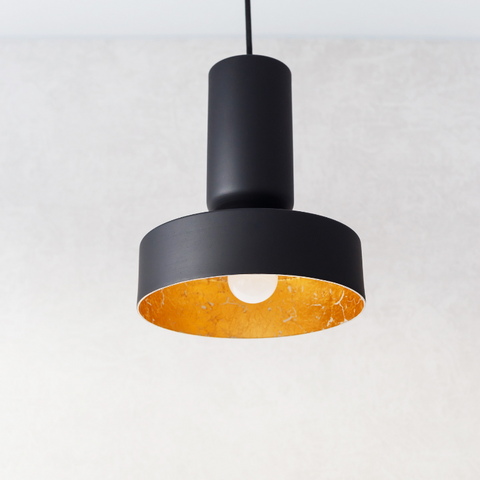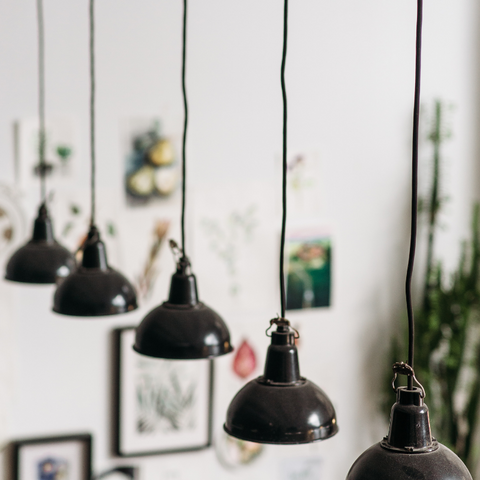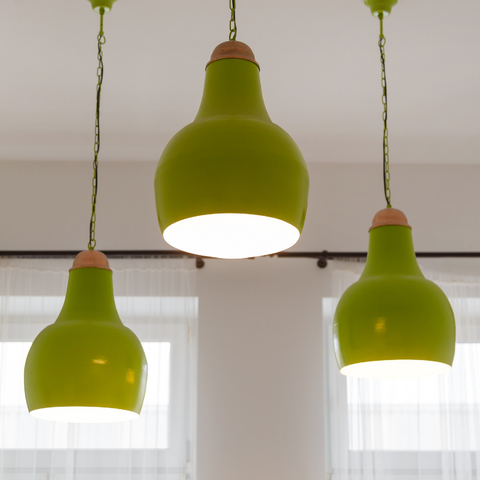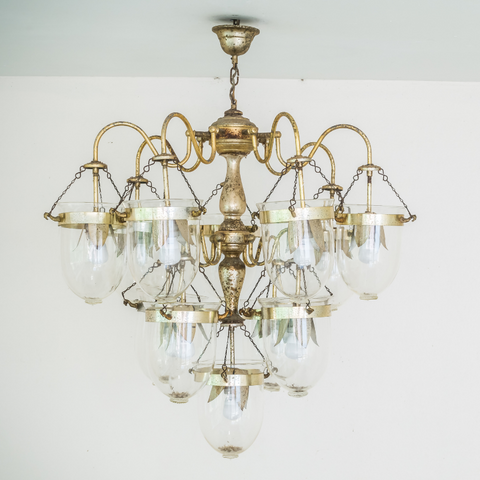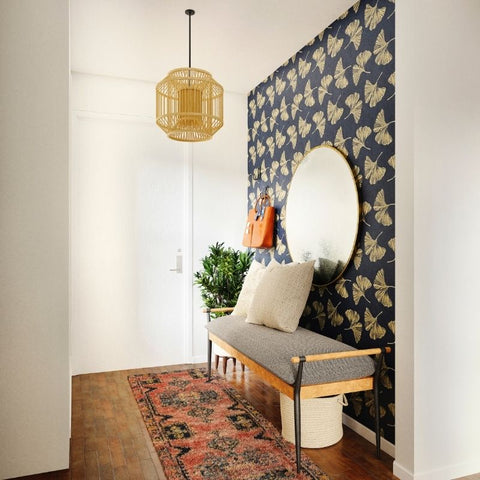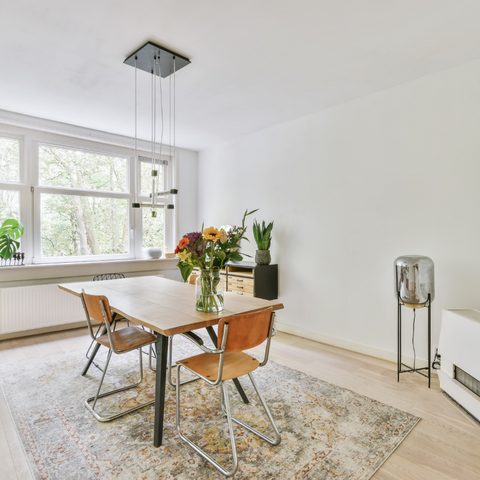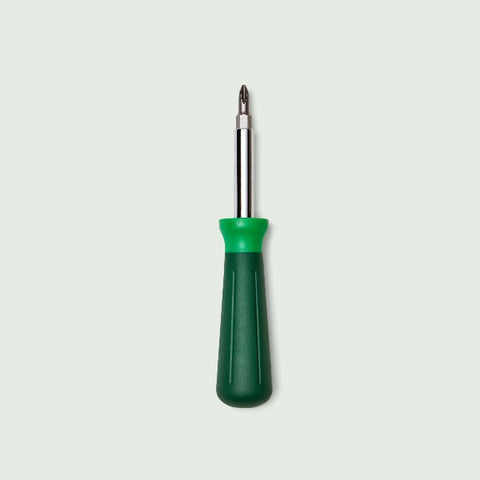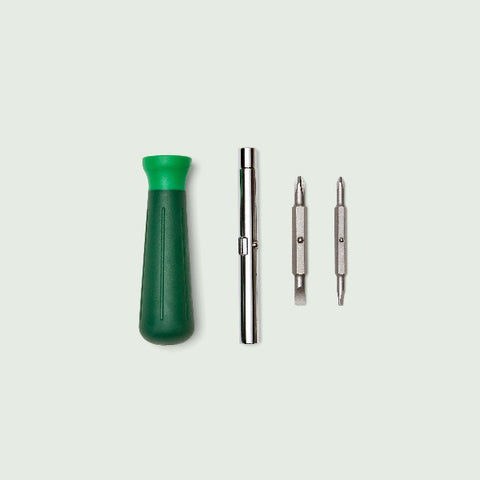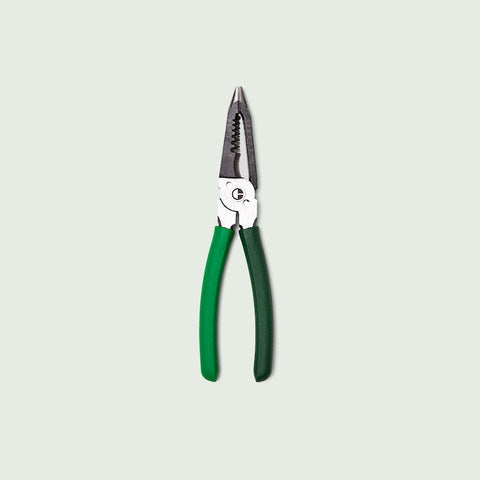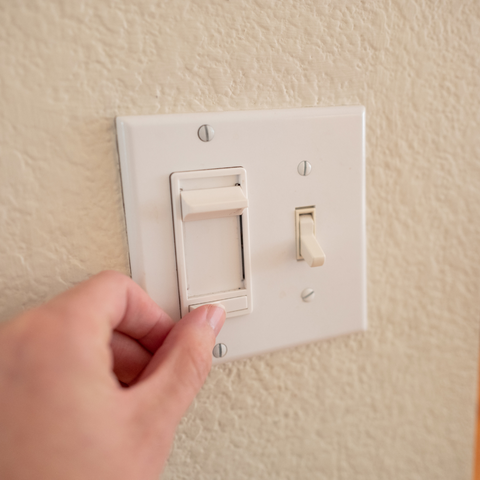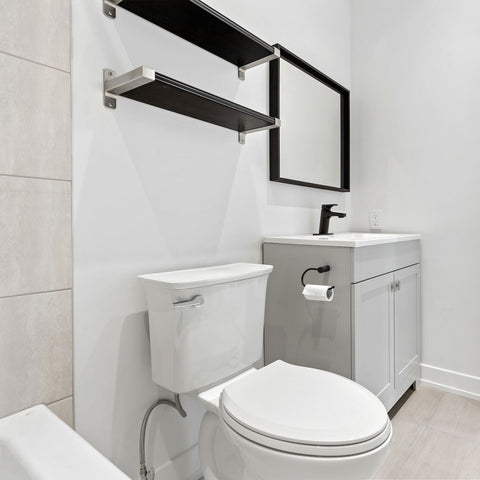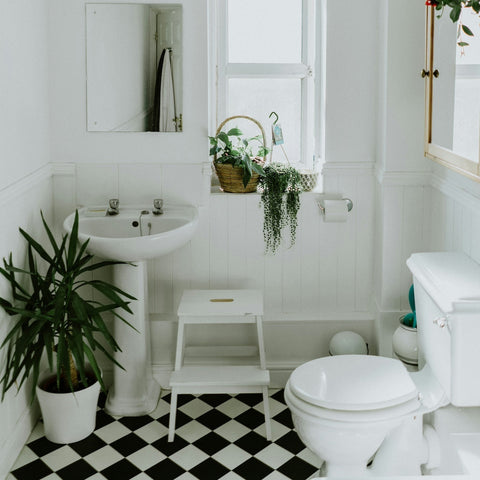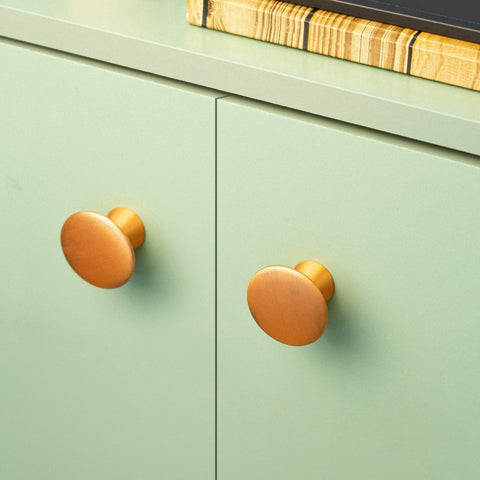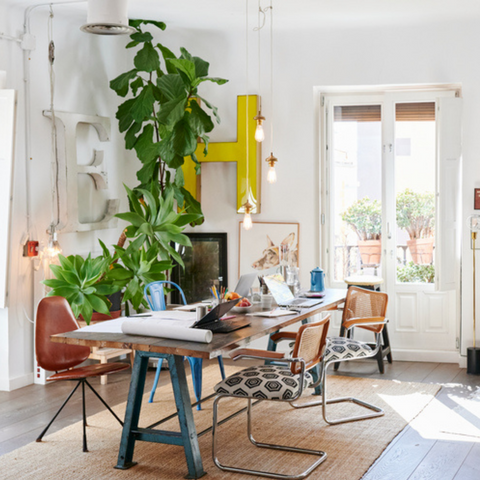
A pendant light or chandelier can make a big difference to the feel of a room. Depending on what you're going for, light fixtures can make a room feel more cozy, show stopping or modern.
What can distract from this focal point, though, is improper spacing that draws the eye in the wrong direction or even becomes a hazard. Let's face it, nobody wants to hit their head on a chandelier while walking by!
Once you’ve chosen your light fixture, figuring out how low to hang it is just a matter of logistics. Let’s dive into the lighting options and how low you should hang them:
